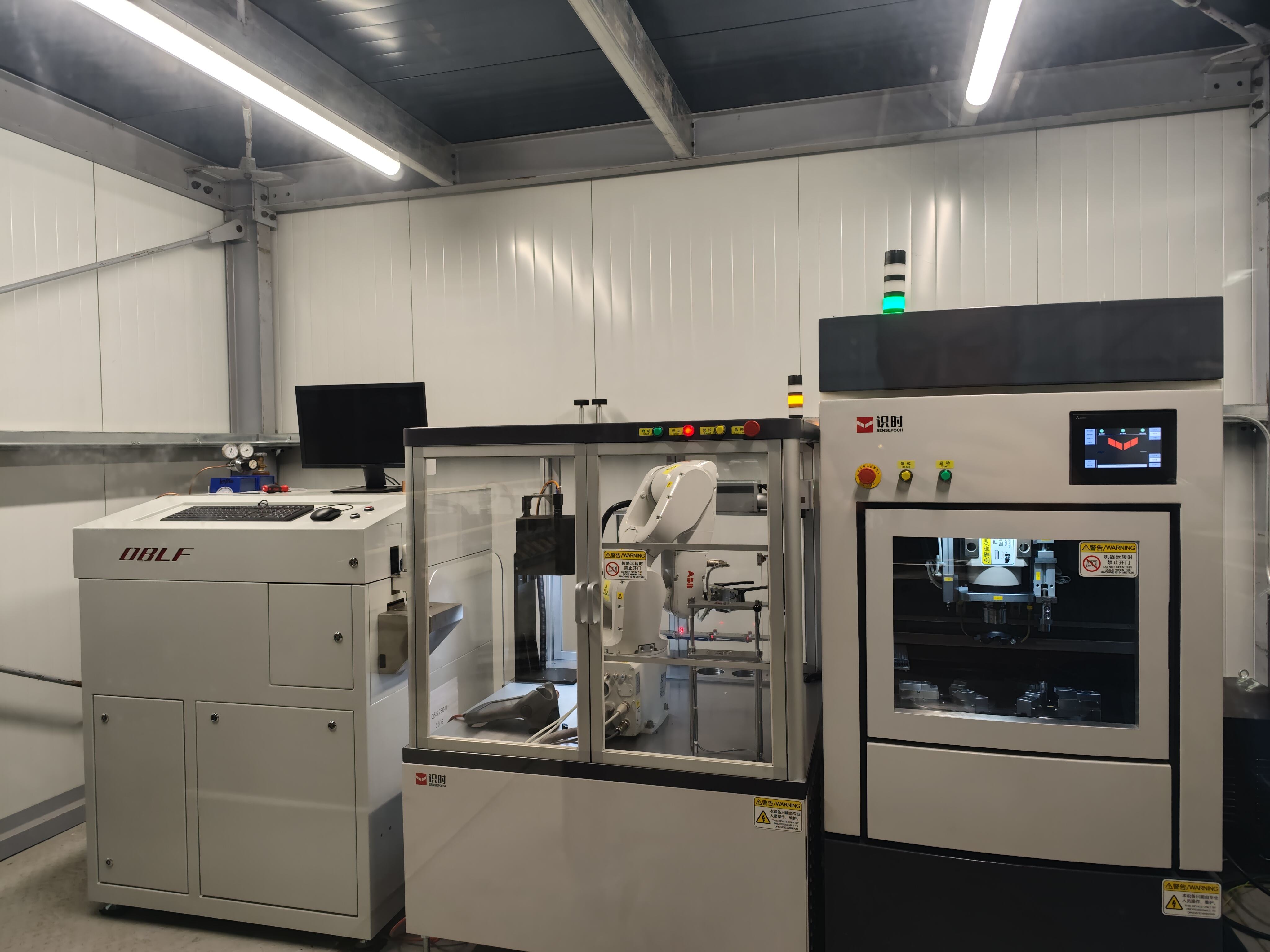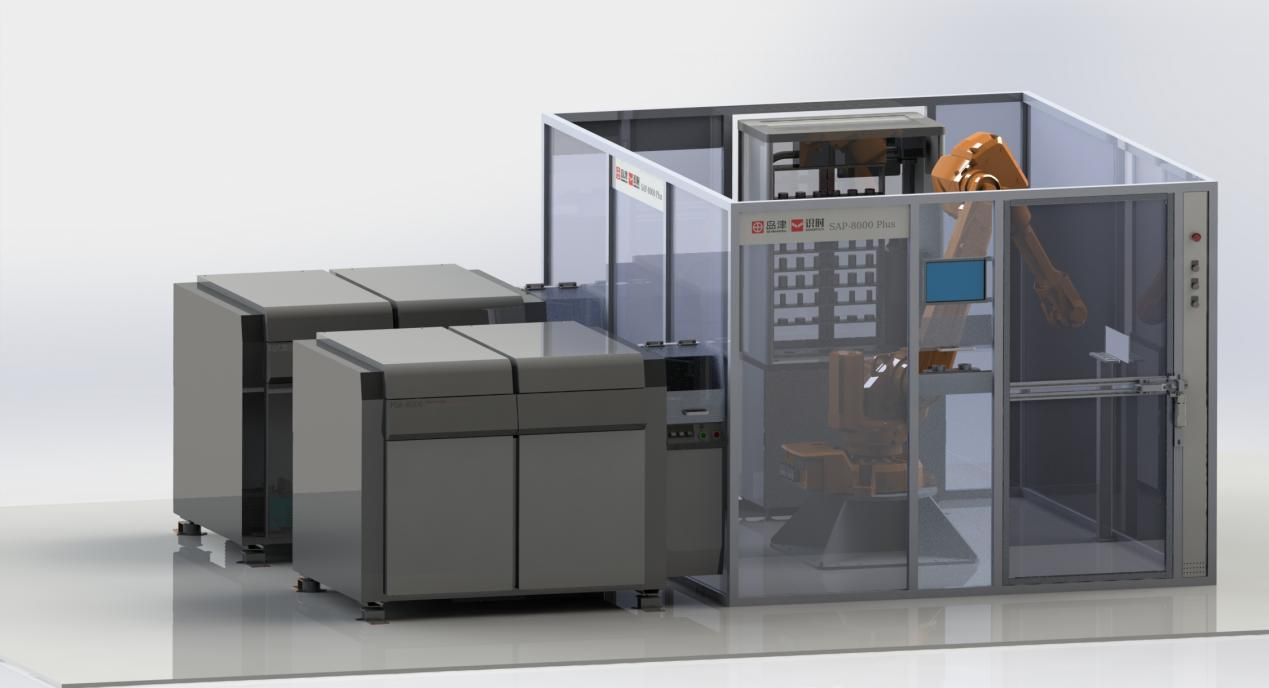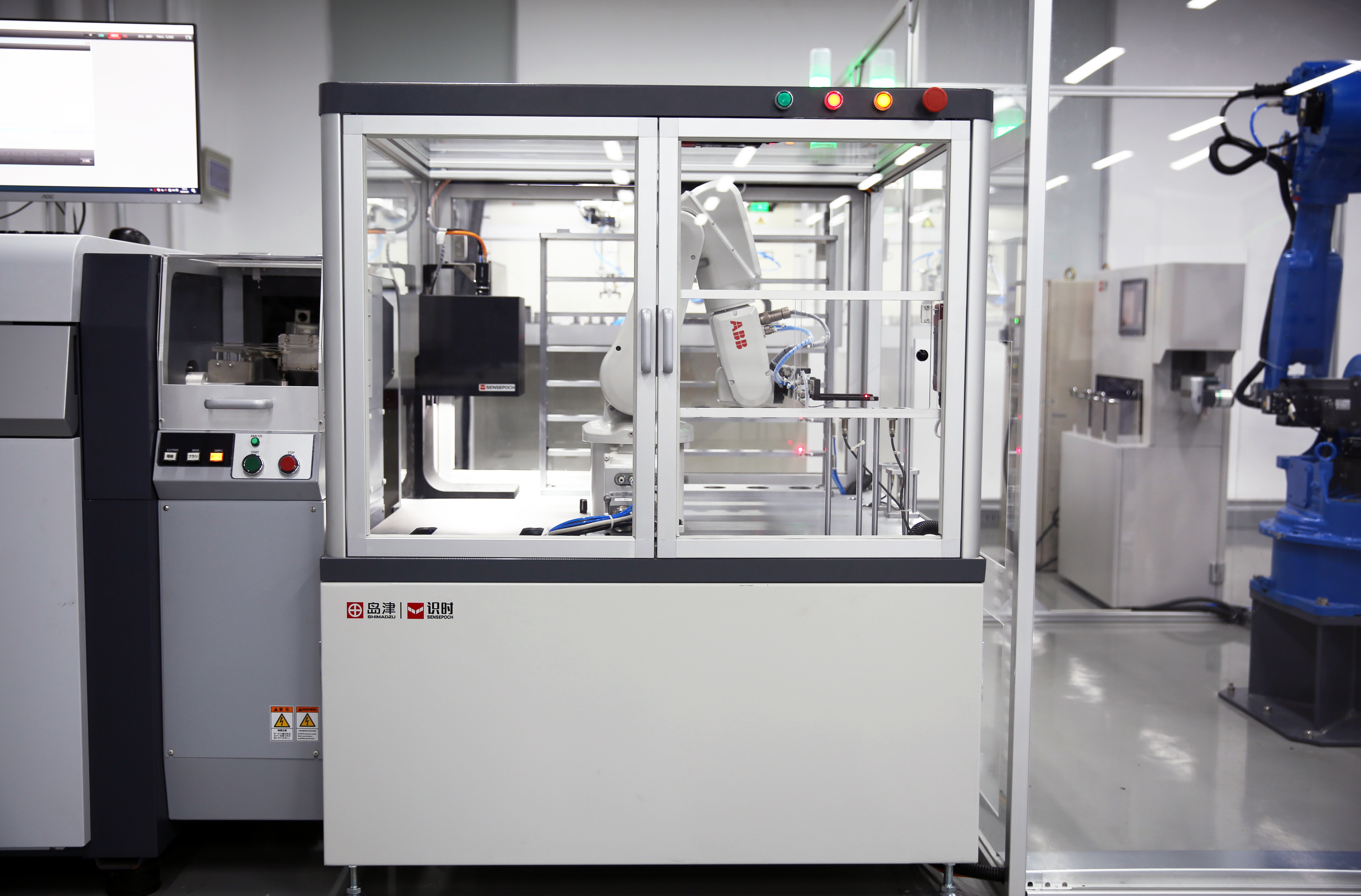single beam spectrometer
A single beam spectrometer represents a fundamental analytical instrument in modern laboratory settings, designed to measure the interaction between light and matter. This sophisticated device operates by directing a single beam of light through a sample and measuring the amount of light absorbed or transmitted. The instrument consists of several key components: a light source that generates a continuous spectrum of wavelengths, a monochromator that selects specific wavelengths, a sample holder, and a detector that measures the intensity of light after it passes through the sample. The technology employs the principles of spectroscopy to analyze materials by measuring how they interact with light at different wavelengths. What sets the single beam spectrometer apart is its straightforward design and operation, making it an essential tool for both research and routine analysis. Its applications span across multiple fields, including chemical analysis, materials science, and quality control in manufacturing. The instrument excels in measuring absorbance and transmittance of solutions, determining concentrations of unknown samples, and conducting kinetic studies of chemical reactions. Modern single beam spectrometers often incorporate digital interfaces and automated components, enabling precise measurements and data collection with minimal user intervention.


